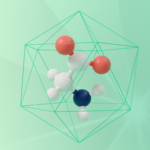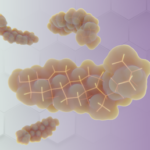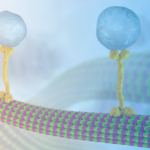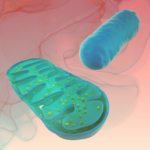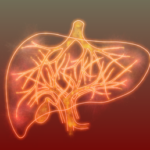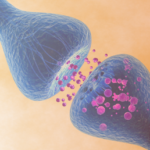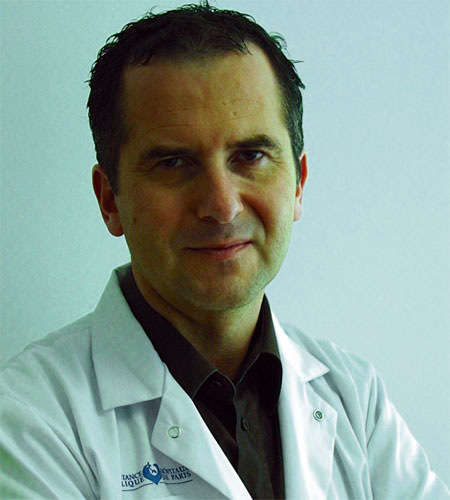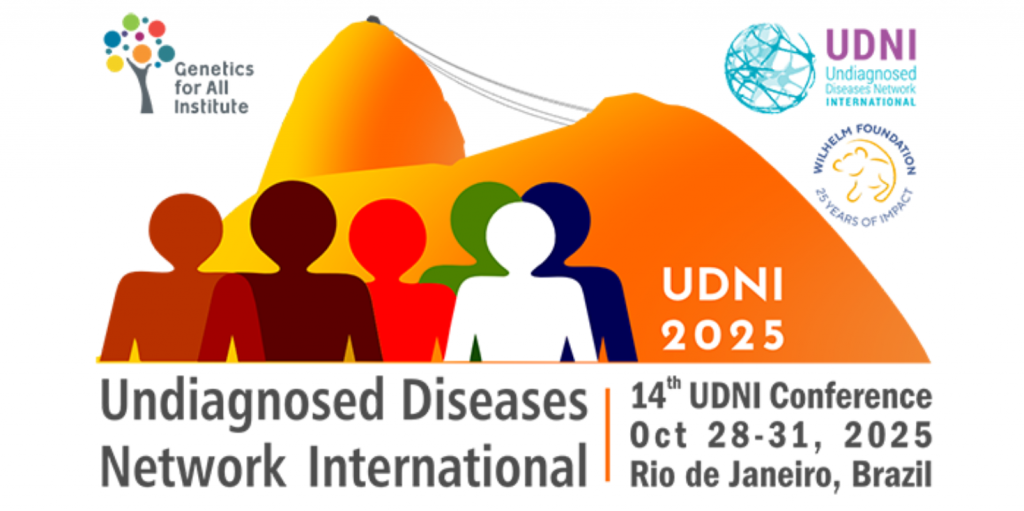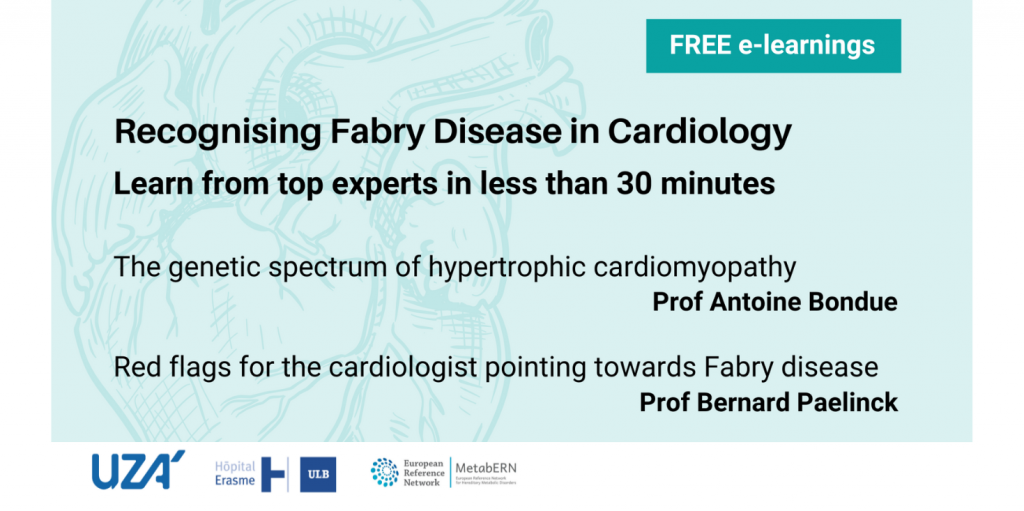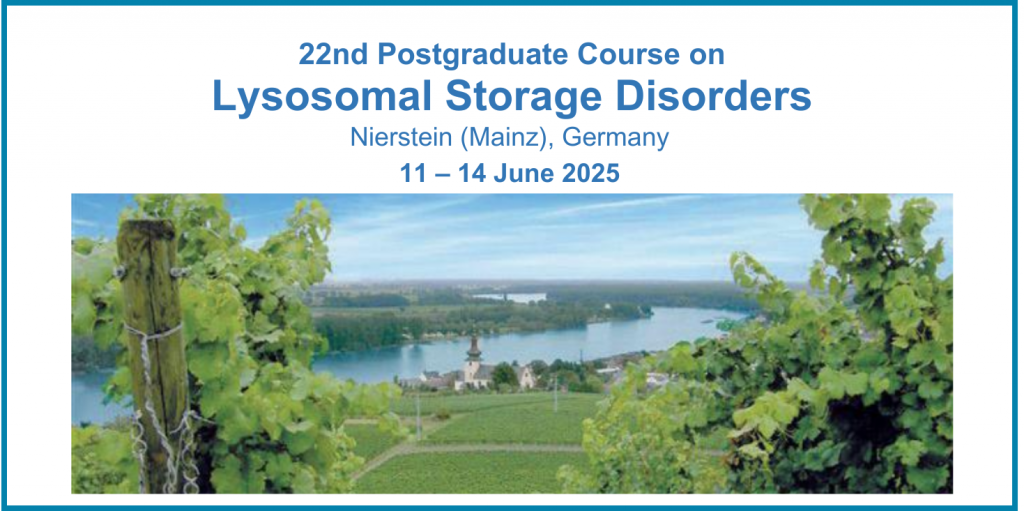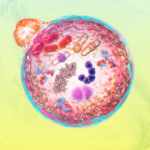
Lysosomal storage disorders
Lysosomal storage disorders encompass a group of over 60 inherited disorders characterised by lysosomal dysfunction: most of them are inherited in an autosomal recessive manner, except for Fabry disease and mucopolysaccharidosis (MPS) type II, which show instead X-linked recessive inheritance. The estimated incidence is 1 new case per 5,000-10,000 newborns per year.
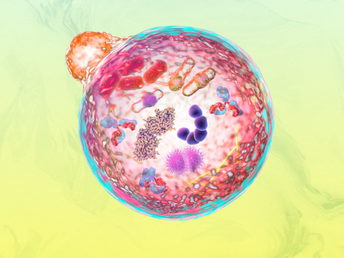

Defects in lysosomal functions lead to the accumulation of partially digested macromolecules in lysosomes or to the impairment of molecule transport.

Most LSDs have multi-organ involvement, are progressive, and often have neurodegenerative clinical courses. The life expectancy of patients with a lysosomal storage disorder depends on the type of disorder and available treatments. Some of these diseases can be treated, but for most of them, only supportive care is available. Clinical symptoms can range from severe intellectual disabilities, cardiac abnormalities, and progressive muscle weakness to bone deformities.
Diagnosis can be a tricky task due to the gradual progression of symptoms and the necessity of highly specialised tools to accurately diagnose these diseases, often resulting in diagnostic delays.
If a prenatal diagnosis of LSD is available, being careful in detecting signs and symptoms after birth can enable early treatment. Large differences in awareness, availability of diagnostic tools, and treatment options exist between countries in the EU.
Objectives
The Lysosomal subnetwork within MetabERN aims to:
- gain an overview of patients with lysosomal diseases in the EU (e.g. which diseases, how many patients, clinical outcome, etc.).
- promote awareness towards lysosomal diseases in the EU.
- facilitate the more rapid diagnosis of lysosomal diseases in the EU as often a significant diagnostic delay is still present.
- improve and standardize management of lysosomal diseases in the EU.
- improve prospects of patients with lysosomal disease in the EU by initiating and contributing to research and implementation of innovative therapies.
Organizational structure
The Lysosomal Core Network will consist of participating HCPs within the MetabERN with expertise in the field of lysosomal diseases and will build on or seek collaboration with existing international collaborations and networks of HCPs in the field of lysosomal diseases. Working groups will be formed to address different important topics within the field of lysosomal diseases.
These include:
- Prevention & Screening for lysosomal diseases.
- Diagnosis of (new) lysosomal diseases (including identification of biomarkers).
- Management of lysosomal diseases (development of clinical guidelines & care paths).
- Epidemiology & Outcome (participation in existing and development of new registries).
- Education and Training (development of E-learning tools, work-shops and courses).
- Virtual Counselling (for specific diseases at different HCPs with specific expertise).
- Patient Empowerment (organization of patient meetings and interaction with patient organizations).
- Research (fundamental, translational, clinical).
The executive board of the Lysosomal subnetwork will be formed by the chairpersons of the working groups. An advisory board (with members of patients organizations, policy makers, etc) will be appointed to monitor the different activities of the Lysosomal subnetwork.
